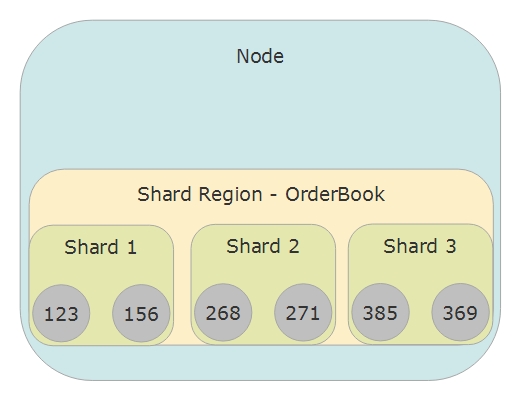Now Open for Business: Sdkbin - the Marketplace for .NET Developers
A Better Way to Buy and Sell Business-to-Developer Software and Services
5 minutes to read I formally introduced Sdkbin back on my personal blog in June, 2020, but it was not yet ready for Petabridge, its customers, or the users of the open source projects we support. As of September 30th, Sdkbin is now live and open for business.
I formally introduced Sdkbin back on my personal blog in June, 2020, but it was not yet ready for Petabridge, its customers, or the users of the open source projects we support. As of September 30th, Sdkbin is now live and open for business.
So, what is Sdkbin?
A Better Way to Buy and Sell Business-to-Developer Software and Services
Petabridge has been in business for nearly 6 years and nearly all of our business comes from supporting Akka.NET and its users.
Among the products and services we sell:
- Akka.NET Online Training;
- Akka.NET Onsite Training;
- Akka.NET Code Review / Architecture Review;
- Akka.NET Support Plans; and
- Phobos - our Application Performance Monitoring (APM) suite for Akka.NET.
Some of these services, such as code review and onsite training, are inherently bespoke - we have to tailor what we deliver to the unique needs of each customer.
But other services, such as Phobos and our Akka.NET Support Plans, are valuable because they are so standardized - pick a license / service level, a quantity, buy it, and use it. As we’ve learned over the course of time: it is very painstaking to build and run sales, fulfillment, renewal, and support operations for these services manually.
The manual experience is also suboptimal for our customers:
- It’s difficult to keep track of license keys, remaining support hours, and which team members have access to each of these through all of the separate systems we use for delivering these products and services (i.e. Freshdesk, MyGet, and Github;)
- Business continuity is an issue - if a key decision maker leaves then service disruptions often occur; and
- Managing renewals often means an arduous procurement process if...





